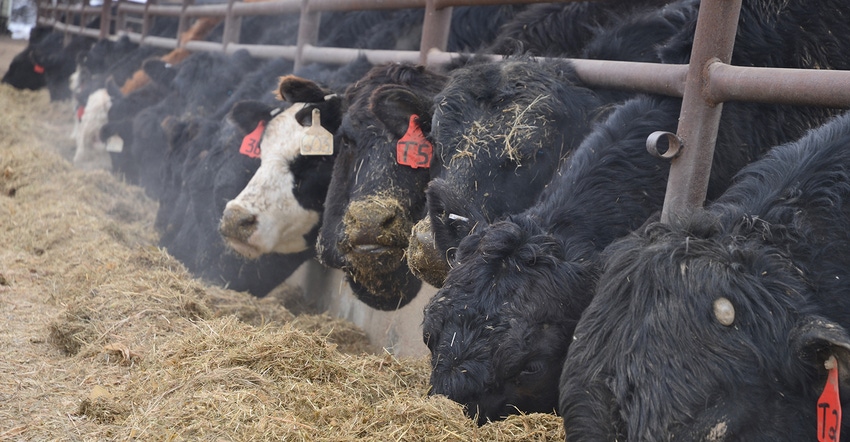September 11, 2017

By Tim Petry
The export market is becoming more and more important for cattle prices in the U.S. After a difficult beef export year in 2015, due to several factors, beef exports were up more than 12.5% in 2016 and are forecast by the USDA to be up another 9% in 2017. Exports were up about 15% in the first half of 2017. That was one reason for the cattle price rally into May 2017.
U.S. exports were especially strong to the four major customers: Japan, Mexico, Canada and South Korea. Now that an agreement is in place and beef is allowed to be exported to China, the size of the Chinese market will be determined by the marketplace. China’s requirements that beef must be traceable to the birth farm using a unique identifier and must not contain growth promotants, feed additives and other chemical compounds may restrict the amount of beef that is initially available for export to China. Longer-term, price premiums may provide the incentive for beef producers to raise cattle that meet those requirements.
USDA has projected that the top four beef volume exporting countries in 2017 in order of importance will be India, Brazil, Australia and the U.S. It also projects that the China/Hong Kong beef market will overtake the U.S. as the world’s leading beef importer.
India’s ranking as the world’s leading beef volume exporter is somewhat controversial in itself. “Beef” that is exported is mainly meat from water buffaloes, because cows are considered sacred to many people of Hindu faith. Nevertheless, meat from water buffaloes, also referred to as carabeef, is in direct competition with lower-quality, grass-fed beef from other countries such as Brazil and Australia. Also, some packing plants in India are operated by Muslims, who have had issues with the Hindu-dominated federal government. In May, the Indian government imposed a ban on the sale of cattle and buffaloes at livestock markets for animals to be slaughtered. In July, India’s Supreme Court suspended the ban. Because buffalo meat exports are a lucrative market for India, many people expected the ban to be lifted. But the potential for a ban, at least temporarily, caused uncertainty and volatility in the world beef market.
In Brazil, a meat inspection bribery scandal involved several meat companies and temporarily reduced beef exports in early 2017. Brazil’s JBS, the world’s largest meat company, has been rocked by the political bribery scandal and may be divesting some assets. One asset for sale is Five Rivers Cattle Feeding, a wholly owned subsidiary of JBS and the largest cattle feeding entity in the world, with headquarters in Greeley, Colo. Five Rivers owns feedlots in Colorado, Kansas, Oklahoma, Texas, Arizona and Idaho. JBS already announced the pending sale of its 75,000-head feedlot in Alberta, Canada.
In late 2016, bilateral fresh and frozen beef trading between the U.S. and Brazil was approved by both countries. Relatively small amounts of lower-quality beef were imported into the U.S. from Brazil, and some high-quality beef has been shipped from the U.S. to Brazil. JBS was a major player in these transactions. On June 22, the USDA announced that fresh and frozen beef imports from Brazil were suspended due to food safety concerns. China, a leading beef customer for Brazil, also announced that it was scrutinizing beef from Brazil more closely.
Australia experienced a severe drought in 2014 and 2015. Forced herd reduction resulted in increased beef production and exports. A return to more normal rainfall allowed herd rebuilding to begin in 2016. Beef imports from Australia were off 39% in 2016 from the inflated levels of 2015. That slower pace is continuing in 2017.
Several of these and other issues temporarily impacted cattle prices and particularly the futures market. At times, a “buy-the-rumor, sell-the-fact” mentality has caused price volatility.
Due to the instant access to worldwide information, expect price volatility to continue as the dynamics of the global beef market continue to evolve.
Petry is a North Dakota State University Extension livestock marketing economist.
You May Also Like




